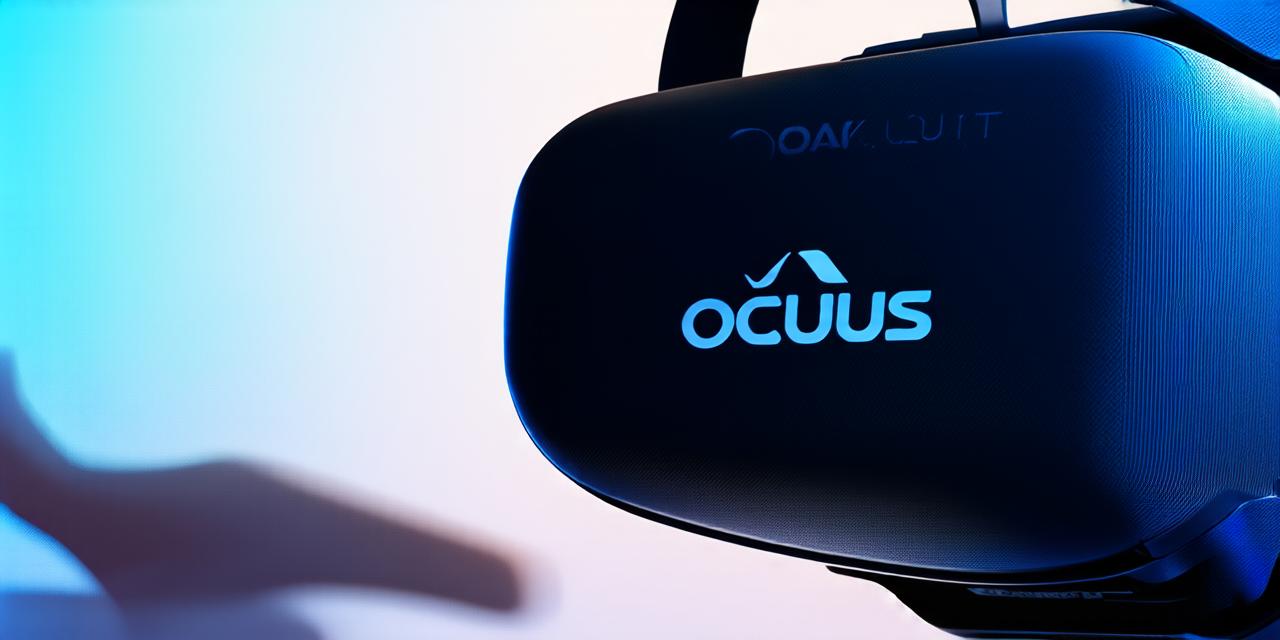
What is the virtual reality headset called?
Types of VR Headsets:
The Oculus Quest 2 is one of the most popular VR headsets on the market. It is a standalone device that does not require a computer or other external hardware to function. The Quest 2 has a high-resolution display, a wide field of view, and a comfortable design. It also supports a variety of games and applications, making it a versatile choice for users of all ages.
Another popular VR headset is the HTC Vive Pro. This headset is designed for professional use and has a high-resolution display, a wide field of view, and advanced tracking capabilities. It is often used in industries such as healthcare, education, and manufacturing for training and simulation purposes.
The Sony PlayStation VR is another popular choice for gamers. It is compatible with the PlayStation 4 and 5 consoles and has a wide range of games available for purchase or download. The PlayStation VR also supports motion tracking and haptic feedback, which enhances the immersive experience.
There are many other types of VR headsets available on the market, each with its own unique features and capabilities. Some popular options include the Samsung Gear VR, the Oculus Rift, and the HTC Vive.
Choosing a VR Headset:
When choosing a VR headset, it is important to consider your needs and budget. If you are a gamer, the PlayStation VR or Oculus Quest 2 may be good options. If you need a professional-grade VR headset for training or simulation purposes, the HTC Vive Pro or Oculus Rift may be better choices.
It is also important to consider the specific features and capabilities of each headset, such as its display resolution, field of view, tracking capabilities, and supported games and applications. Additionally, some VR headsets may require a separate computer or console to function, which can add to their cost and complexity.
FAQs:
1. What is the difference between VR and AR?
Virtual Reality (VR) is an immersive, three-dimensional environment that you can experience through a headset or other device. Augmented Reality (AR) is a technology that overlays digital information onto the real world, usually through a smartphone or tablet. VR provides a completely immersive experience, while AR allows users to interact with virtual objects in their physical environment.
2. Is VR safe for my eyes?
VR headsets are generally safe for your eyes, but it is important to use them in moderation and follow proper usage guidelines. Some users may experience motion sickness or eye strain when using VR headsets for extended periods of time. It is also important to ensure that the VR headset is properly adjusted to avoid discomfort or eyestrain.
3. Can I use VR on my TV?
No, you cannot use VR on a TV. VR headsets require a separate device, such as a computer or gaming console, to function. However, some VR headsets may have a built-in screen that allows you to view non-VR content.
4. How much does a VR headset cost?
The cost of a VR headset can vary greatly depending on the model and features. Budget options like the Oculus Quest 2 start at around $299, while more high-end options like the HTC Vive Pro can cost upwards of $1,000. It is important to consider your budget when choosing a VR headset to ensure that you are getting the best value for your money.

5. Can I use VR for educational purposes?
Yes, VR can be used for educational purposes. It has been used in fields such as healthcare, engineering, and education to provide immersive learning experiences that may not be possible otherwise. VR allows students to experience real-world scenarios in a safe and controlled environment, which can enhance their understanding of complex concepts. Additionally, VR can provide an interactive and engaging learning experience that may increase student motivation and retention.


